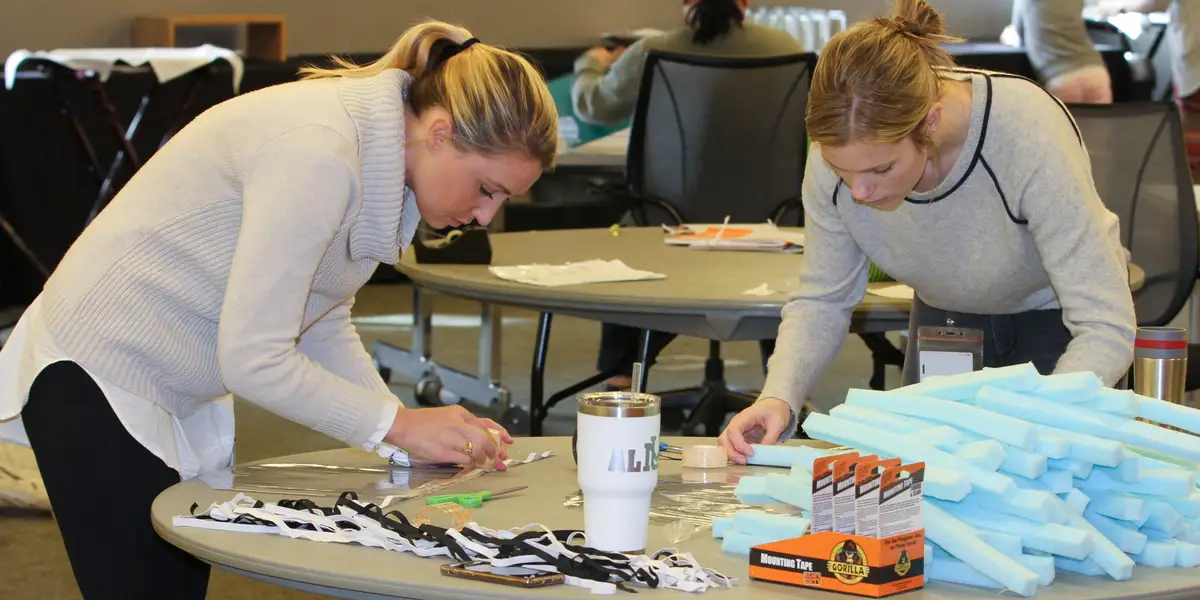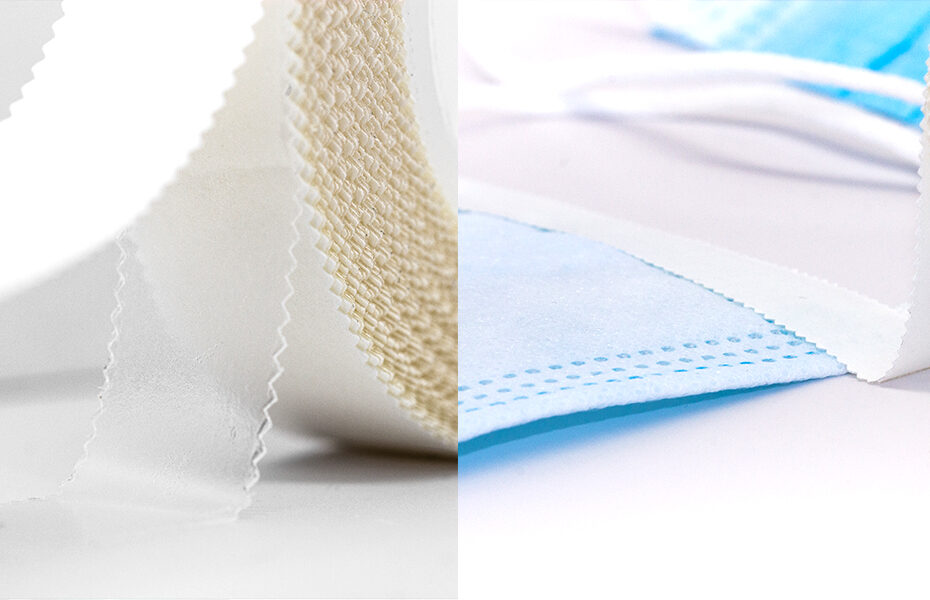Surgical tapes play a crucial role in the field of medicine, providing a secure and versatile method of wound closure, incision support, and overall postoperative care. Over the years, these adhesive tapes have evolved significantly, driven by advancements in medical technology and materials science. This comprehensive guide explores the types, uses, and recent innovations in surgical tapes, shedding light on their indispensable role in modern healthcare.
Types of Surgical Tapes
- Microporous Surgical Tapes: Microporous tapes are made of breathable materials that allow air and moisture exchange, promoting optimal wound healing. These tapes are particularly suitable for sensitive skin and are commonly used in securing dressings, as they provide a gentle adhesive that minimizes the risk of skin irritation.
- Paper Surgical Tapes: Paper tapes are lightweight and hypoallergenic, making them suitable for securing dressings in patients with sensitive skin. They are easy to tear, facilitating quick application, and are often used in situations where a non-irritating, temporary solution is required.
- Cloth Surgical Tapes: Cloth tapes, made of fabric-like materials, are durable and provide strong adhesion. They are commonly used in situations where extra support is needed, such as in securing bulky dressings or immobilizing joints. Cloth tapes are versatile and conform well to the body’s contours, making them a staple in various surgical settings.
- Silicone Surgical Tapes: Silicone tapes are known for their gentle adhesion and hypoallergenic properties. They are commonly used in dermatologic and plastic surgery procedures, where skin sensitivity is a concern. Silicone tapes conform well to the skin and are often used for scar management, providing support and reducing tension on healing incisions.
- Transparent Film Tapes: Transparent film tapes are made of a thin, clear material that allows for easy monitoring of the wound site. These tapes are impermeable to liquids and bacteria, providing an excellent barrier against external contaminants. Transparent film tapes are often used in securing intravenous catheters and other medical devices.
- Elastic Surgical Tapes: Elastic tapes are designed to provide support while allowing for some degree of stretch and flexibility. These tapes are commonly used in sports medicine and orthopedic applications, where joint support is essential. Elastic tapes are also used in compression bandaging to reduce swelling.

Uses of Surgical Tapes
- Wound Closure: Surgical tapes are frequently used for the closure of small wounds, lacerations, and incisions. They provide a non-invasive method of wound closure, especially when stitches or staples may not be necessary. Tapes can be particularly advantageous in areas where flexibility and minimal scarring are desired.
- Securing Dressings: Tapes play a vital role in securing wound dressings, gauze, and other medical dressings in place. The choice of tape depends on factors such as the type of dressing, the location of the wound, and the patient’s skin sensitivity. Microporous and paper tapes are often preferred for securing dressings due to their hypoallergenic nature.
- Immobilization and Support: Cloth and elastic tapes are commonly used for immobilizing and providing support to injured joints and muscles. They are employed in orthopedic settings to stabilize sprains, strains, and fractures. The tapes help reduce movement, alleviate pain, and contribute to the healing process.
- Scar Management: Silicone tapes have gained popularity in scar management. They are used postoperatively to support incisions and minimize tension on healing tissue. Silicone tapes are known for their ability to improve the appearance of scars by reducing hypertrophy and pigmentation.
- Securing Medical Devices: Transparent film tapes are instrumental in securing medical devices such as intravenous catheters, central lines, and wound drainage systems. Their transparent nature allows healthcare providers to monitor the insertion site for signs of infection or complications.
Recent Innovations in Surgical Tapes
- Antimicrobial Tapes: With the growing concern of healthcare-associated infections, there has been a focus on developing surgical tapes with antimicrobial properties. These tapes incorporate materials that actively inhibit the growth of bacteria, reducing the risk of infection at the wound site.
- Hydrocolloid Tapes: Hydrocolloid tapes create a moist environment that promotes wound healing. These tapes are particularly useful for wounds with minimal to moderate exudate, as they absorb fluids while maintaining a conducive environment for tissue repair.
- Self-Adhesive Tapes: Recent advancements have led to the development of self-adhesive tapes that eliminate the need for additional adhesives or tapes to secure them. These tapes adhere securely to the skin without causing irritation, offering convenience and ease of use for both healthcare providers and patients.
- Biodegradable Tapes: Addressing environmental concerns, researchers have explored the development of biodegradable surgical tapes. These tapes break down over time, reducing their environmental impact and providing a sustainable option for medical applications.
Conclusion
Surgical tapes have become indispensable tools in modern healthcare, offering a versatile and effective means of wound closure, dressing securement, and postoperative care. The diverse types of surgical tapes cater to specific needs, ranging from gentle adhesion for sensitive skin to robust support for orthopedic applications.
Advancements in medical adhesive technology have led to innovative solutions, such as antimicrobial tapes, hydrocolloid tapes, and self-adhesive tapes, enhancing the functionality and efficacy of these crucial medical tools. As the field of materials science and medical technology continues to evolve, the future holds promise for even more sophisticated surgical tapes that further improve patient outcomes, reduce complications, and contribute to the overall advancement of surgical practices.
